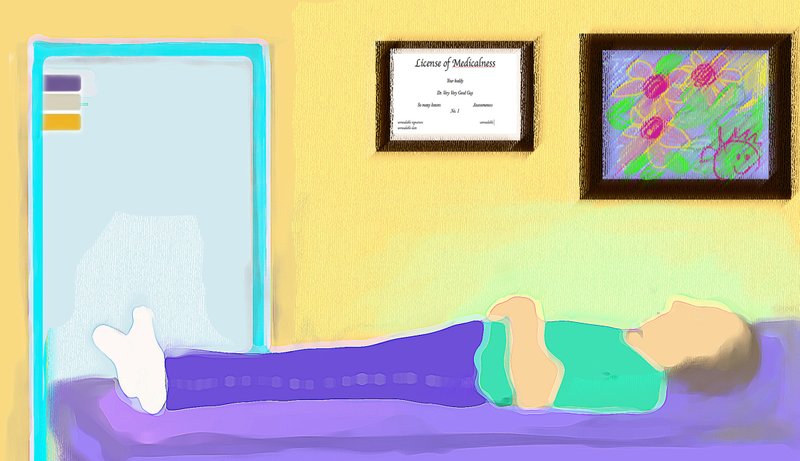"In three words I can sum up everything I've learned about life — it goes on."
— Robert Frost
Two weeks have come and gone since I spoke with you last. Many of us have grown weary of the covid-19 hoopla while realizing the seriousness of the situation for so many.
I admire folks who sew masks for others. I admire those who staff clinics and food pantries. And don't get me started on how much I appreciate those who run in when others are running out.
I've taken advantage of restaurants being open here. Curb-side pickup, local food delivery services and drive-thru windows have enabled us to continue to support our local eateries. I live in Sherwood, where someone has set up a Facebook page for restaurants to share their specials or family packs.
But I miss a nice meal out.
I will admit I am still balking at exercise. But I'm working to eat more healthfully for my diabetes and still dealing with some foot healing. My fondness for the wound-care clinic at Arkansas Heart Hospital and its staff is still strong.
While waiting in the exam room during my last visit, I lay barefoot on the gurney and looked around. The clock's second hand ticked off second after second after second, and eventually, I shifted my focus to the doorway across the hall.
I wondered about the exam-room flags or signals near the top of the door. I had noticed them before and figured they were probably something important.
At home, I did some internet searching and mainly found websites that sell them. One, the site for Medicus Health (medicus-health.com), gives this explanation: Medical office door flags are mounted outside patient rooms as a visual clue to nurses and doctors to signal the next step needed in the patient care process. There can be a variety of colors to signal things like "room occupied" or "room ready," "nurse needed," "fall risk," "X-ray" or whatever that particular practice uses.
It's clever, a product of someone's ingenuity that I imagine has benefited many a practice.
An article on the website of Facility Executive (facilityexecutive.com) gives some insight into design for a facility. It points out that when many of today's health-care spaces were constructed, clinician-patient interactions were different. These days, patient care expectations are high and the technology needed for treatments takes up space.
Waiting rooms are a place people wait for long periods, and often they are full of chairs and not that pleasant. Usually, only some of the chairs are occupied while the other chairs hold purses or drinks. The article recommends small-group seating spots that accommodate storage, which could mean fewer chairs would be required.
People prefer to be separated from strangers but close to family and friends. The most efficient layout is to organize seating into zones that allow individuals or their families to support their preferences and behaviors, the article states.
Exam rooms are, the article states, "spaces about lifestyle and behavior changes needed to control and prevent chronic conditions." They need to be inviting to allow a good dialogue among doctor, patient and companions.
Exam rooms should support eye-to-eye conversations with unobstructed sight-lines. At the same time, the doctor needs to be able to perform necessary tasks. A good design should allow the doctor to smoothly move between exam and consulting activities, and to perform technical procedures as well as just express empathy to the patient.
The layout should consider caregivers and accommodate the patient's loved ones as supporters who can help the doctor understand the patient's social situation.
In today's competitive health care system, pressure is mounting to "leverage waiting spaces and exam rooms as a competitive advantage" the article claims. The aim should be for spaces to promote overall health and well-being. All in all there should be a partnership between clinicians, patients, their families and the doctor's colleagues to deliver the optimal care that modern-day technology allows.
So readers, how does your physician's office or treatment center stack up?
Email me at:
rboggs@adgnewsroom.com
ActiveStyle on 05/11/2020
